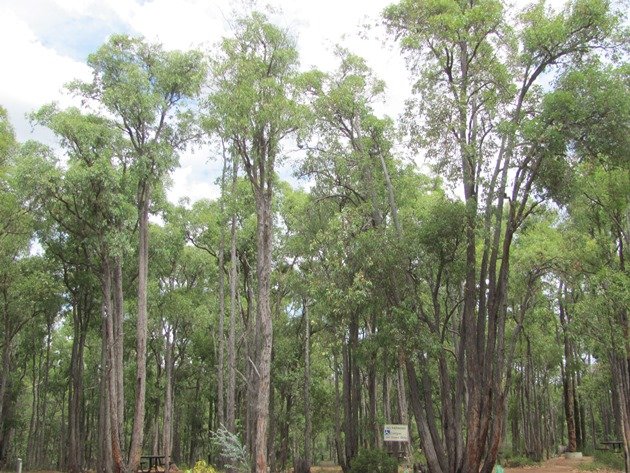
There are some excellent National Parks in the hills to the east of Perth city and they are all worth a visit at any time of year. Whether you enjoy hiking, birding or cycling there is something for everyone. One advantage of camping in a tent is that you can also camp at the Beelu National Park and they have an online booking site, so you can see if sites are available prior to arriving. This is quite important, because it is an educational facility for children and the sites may be booked out for school camp outs. It has more facilities than other National Park camp sites to encourage people to try out camping and you can therefore enjoy hot showers and paved walkways in the natural environment. The National Parks in the Perth Hills are all easily done as a day-trip, but it is also especially nice to spend an overnight there and it makes for affordable camping close to the city.
Beelu National Park has numerous trails that you can walk and the Bibbulmun Track also passes by the Perth Discovery Centre and camp site. The Bibbulmun Track is a 1000 kilometre walk trail stretching from near Kalamunda in the Perth Hills to Albany on the south coast winding through the forests of the south west. It is possible to do sections of the Bibbulmun Track rather than the whole length and the camp site is also used by hikers doing the Bibbulmun Track. There is also the Munda Biddi Trail, which is a similar length and offers a cycling route from the Perth Hills to Albany. You don’t have to commit to cycling the whole 1000 kilometres, but can do different sections if you choose.
Whilst camping at Beelu National Park we chose to do the O’Connor Trail, which leaves from the camp area and we also included a detour down to Mundaring Weir Picnic Area. The trees around the camp area are very tall and in the header photo there is actually a Common Bronzewing very high up. There were many birds high up in the trees in the Perth Hills and it made for challenging birding! I tried to zoom in on the Common Bronzewing, but with shade and height being the challenge it was not ideal! Thankfully I did achieve better photos further south.
Common Bronzewing from the above photo very high in the trees
Western Magpies, Grey Currawongs, Red Wattlebirds, Australian Ringnecks-twenty eights, Splendid Fairy-wrens, Australian Ravens, Sacred Kingfisher, Laughing Kookaburras, Brown Honeyeaters, Singing Honeyeaters, New Holland Honeyeaters, Gilbert’s Honeyeaters, Yellow-plumed Honeyeaters, Inland Thornbills, Grey Shrike-thrush, Silvereyes, Western Spinebills, Restless Flycatchers, Rainbow Bee-eaters, Little Pied Cormorant and White-browed Scrubwrens were all encountered around the camp area and along the walk trail down to the weir. Around the picnic area at the weir the Galahs were busy on the ground feeding and the ground was also littered with the tips of the trees. The Red-tailed Black Cockatoos and Carnaby’s Cockatoos were perched high up in the tall trees and were responsible for the tip pruning.
Mundaring Weir from the O’Connor Trail
Trail down to Mundaring Weir
Galahs nibbling on the ground at the picnic area
Mundaring Weir has a very interesting history and you can read all about it at the picnic area near the dam wall. It was completed in 1903 and it delivers water to the Goldfields area of Western Australia via a pipe that is over five hundred kilometres/three hundred miles long. At the time it was built the idea of building a pipe to take water such a distance seems absolutely ridiculous and unlikely to work. The scheme was devised by C Y O’Connor who was an Irish engineer and steel was brought to Western Australia from both Germany and the United States of America and when the pipeline was completed it was the longest fresh water pipe in the world. Sadly C Y O’Connor was criticized for his ideas and took his own life before the water had travelled the length of the pipe to reach Kalgoorlie. The picnic area offers good opportunities to encounter Grey Kangaroos and they are particularly large animals.
Grey Kangaroos at the Mundaring Weir picnic area
Close by is the John Forrest National Park, which you can also easily access as a day trip from Perth and offers numerous walk trails. It was Western Australia’s first National park in 1900 and is set in jarrah forest and remains mostly in its natural state. We hiked the Glen Brook Dam trail on our visit and although there were not many birds to be seen that day we did encounter our first Red-capped Parrots, which were of course high up in the trees! Other birds in the National Park in February included Western Magpies, Grey Currawongs, Red Wattlebirds, Australian Ringnecks-twenty eights, Splendid Fairy-wrens, Australian Ravens, Galah, Laughing Kookaburras, Inland Thornbills, Grey Fantails, Silvereyes, Western Gerygone, Pacific Black Ducks and Australasian Grebes.
Glen Brook Dam
Red-capped Parrot-high in the trees!
There are excellent views from John Forrest National Park towards Perth and the coast and pull-over bays for you to stop.
Perth from the Darling escarpment
It is always good to visit Herdsman Lake in Perth, which is easily accessible by public transport, but if you have a vehicle it is definitely worth a drive out to the Perth Hills. During spring the Perth Hills are very popular with the vast array of wildflowers in the area, but at any time they will offer a different variety of birds to the city. Of course the challenge to all this is all the looking up into tall trees and trying to find the birds!

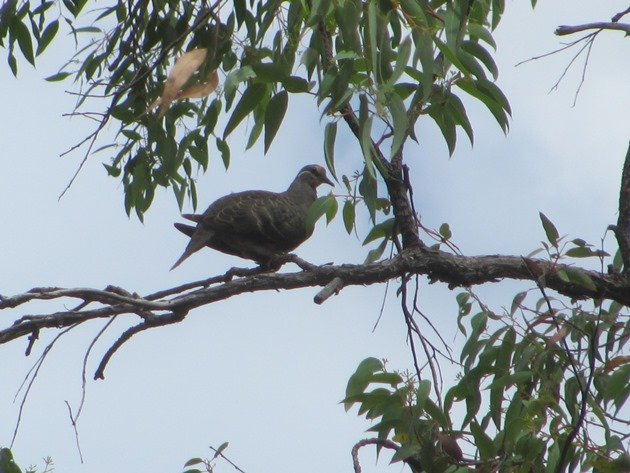
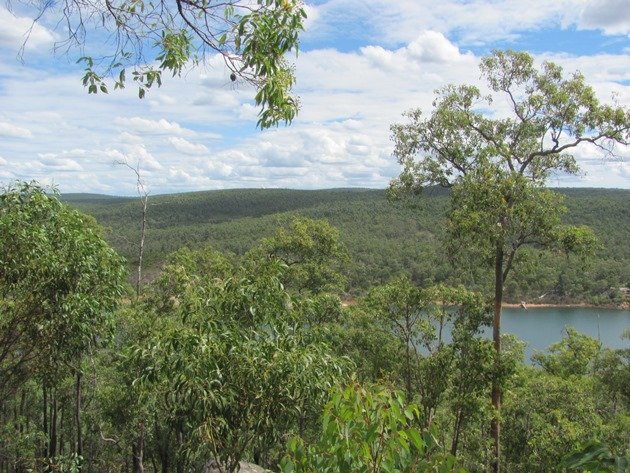
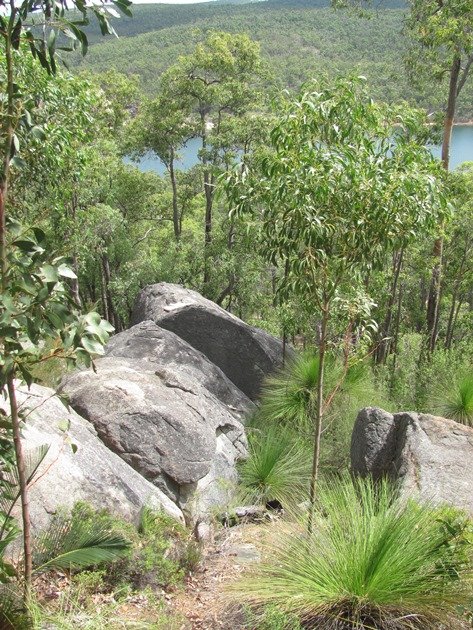
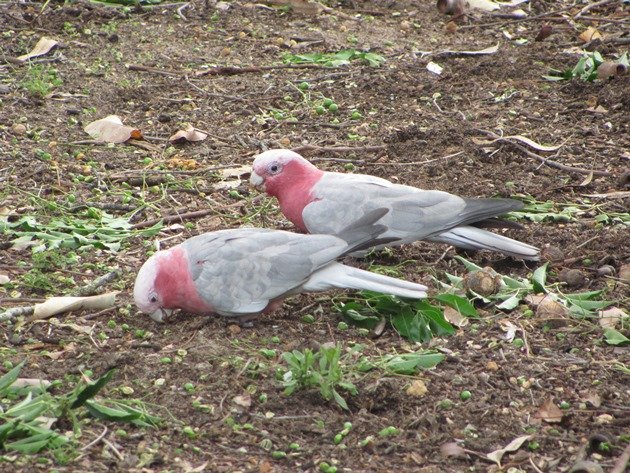
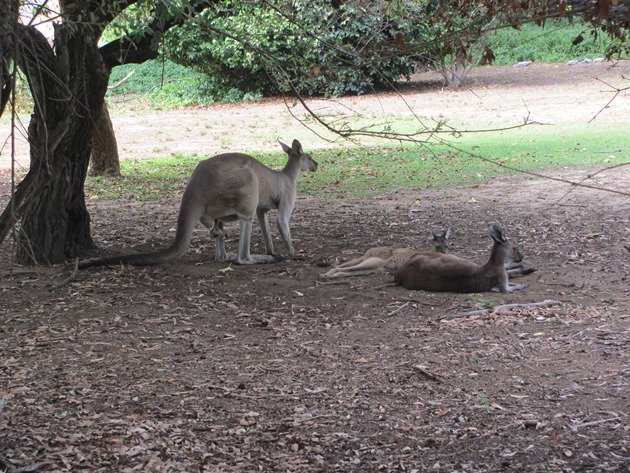
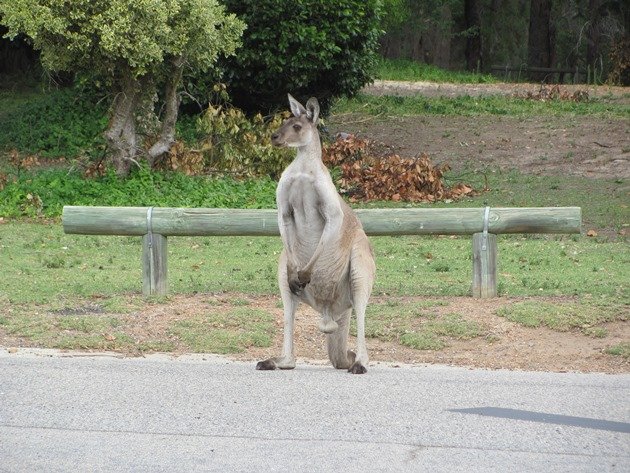
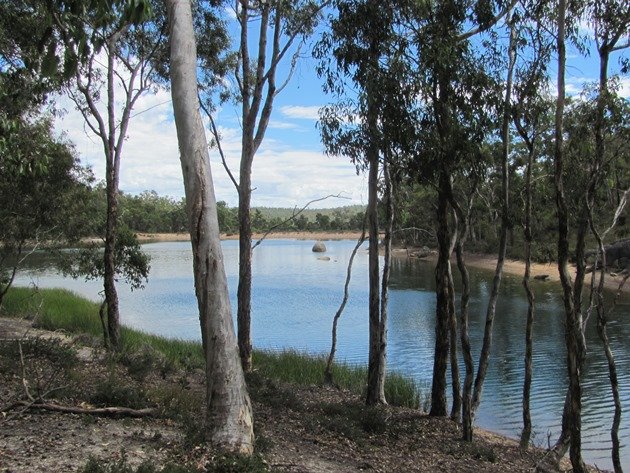
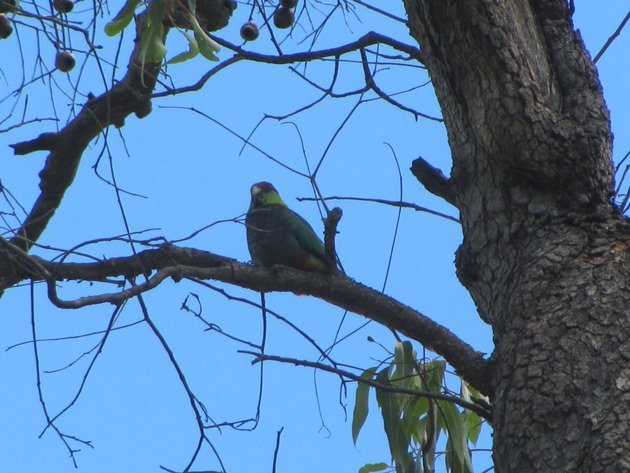











Well, now there’s something to look forward too! We have 5 days scheduled for Perth, and other than Kings Park, have no real plans! Great photos!
Well worth an explore and do the “Zig-Zag” back down to the city from the hills! 🙂